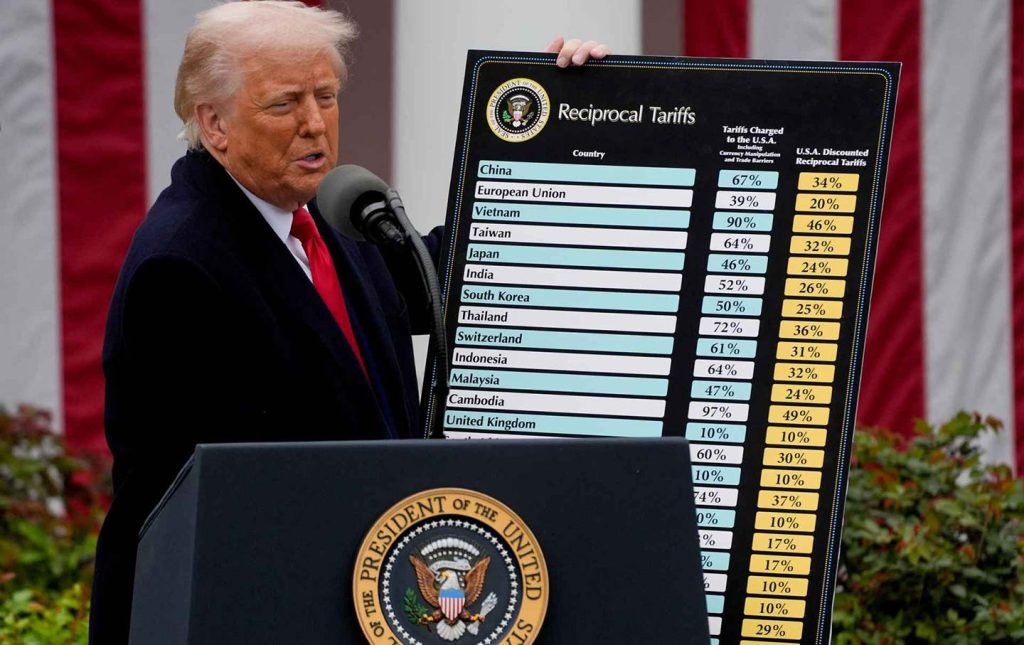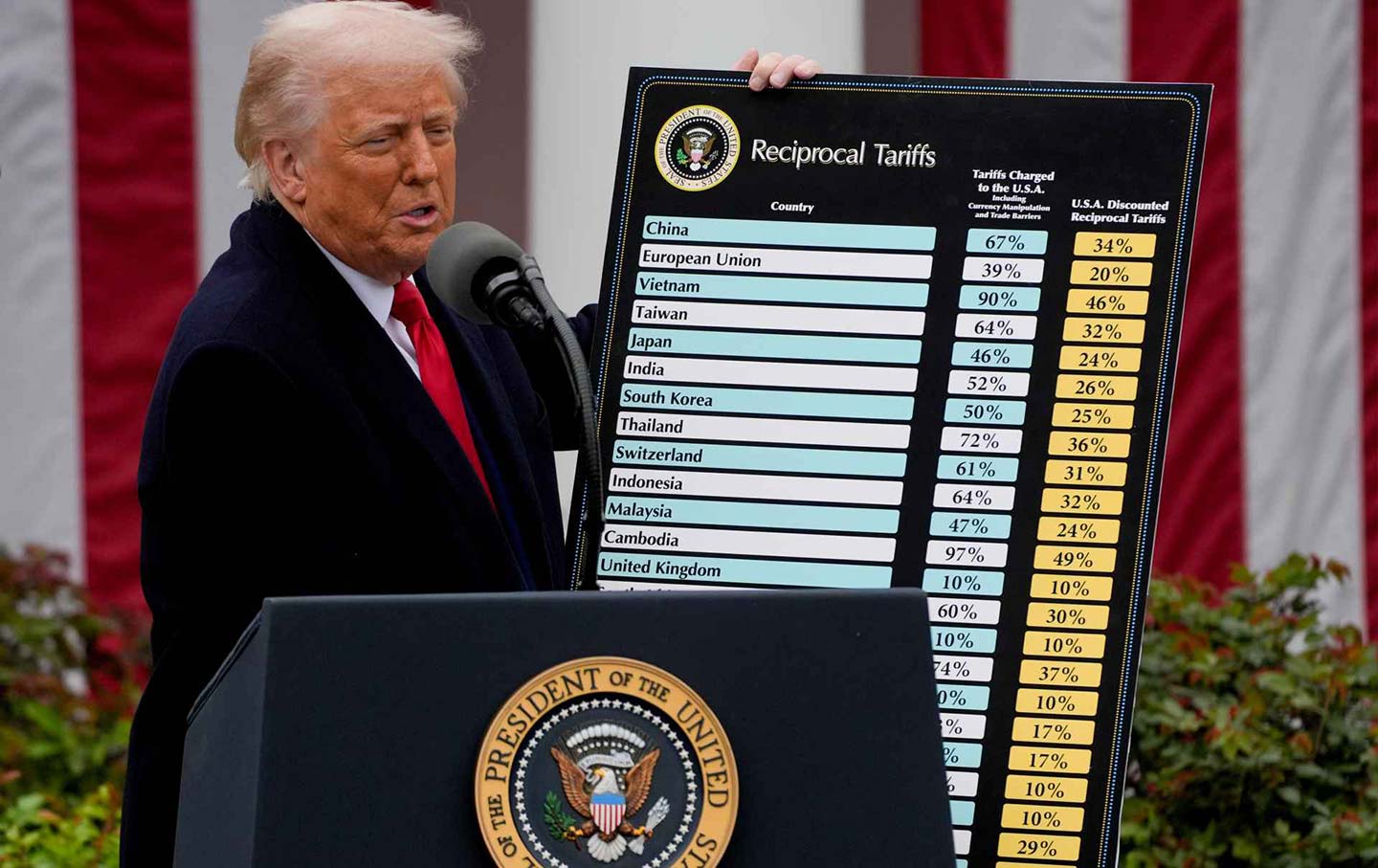
Following his return to office in 2025, former U.S. President Donald Trump swiftly launched a new round of tariff policies under the banners of “MAGA” and “rebuilding America’s economic sovereignty.” While the move aims to bolster domestic industry and narrow the trade deficit, it has sent shockwaves through global markets and reignited geopolitical tensions.
Key Highlights:
- 10% Universal Tariff Implemented
A blanket 10% baseline tariff now applies to all imported goods, targeting trade imbalances and aiming to protect American manufacturing.
- China Tariffs Skyrocket to 125%
Tariffs on Chinese imports surged to a staggering 125%, further inflaming the U.S.-China trade war. In response, Beijing announced retaliatory tariffs, leading to a sharp drop in bilateral trade volumes.
- Highest Average U.S. Tariff Since 1909
The average tariff rate has climbed to 25.3%, marking a historic high not seen since 1909. Economists warn this could drive up consumer prices and squeeze household spending.
- 90-Day Tariff Pause for Diplomacy
To allow space for diplomatic negotiations, the Trump administration declared a 90-day pause on some newly proposed tariffs. However, this does not alter the structure of tariffs already in effect.
- Global Response:
- Market Turmoil: The S&P 500 dropped over 3% following the announcement, reflecting investor anxiety over trade uncertainties.
- Corporate Unease: Multinational firms face rising costs and mounting pressure to reorganize supply chains, with many considering relocating production.
- Allied Friction: Key allies like the EU, Japan, and Canada expressed “serious concern,” with some launching retaliatory investigations.
- Personal Losses (and Regrets): “I thought I’d wait two more days before reacting—then boom, the tariff pause hits, and I’m left holding the bag like an idiot,” one investor lamented. But hey, as they say: “Be greedy when others are fearful, go bankrupt when others take a small loss.” The editor isn’t quite ready to be the next Jordan Belfort—so maybe this isn’t the worst outcome after all.
- Implications for Taiwan and Asia:
- Export Pressure Mounts: Higher U.S. tariffs diminish the competitiveness of Asian exports.
- Limited Bypass Advantage: While some firms consider rerouting shipments through Taiwan, the U.S. has tightened rules on origin verification.
- Strategic Opportunity: Deepening U.S.-Taiwan cooperation in high-tech and defense sectors could offer a path to mitigation.
- Conclusion:
Trump’s tariff policy is more than an economic directive—it’s a recalibration of global trade power.
America seems tired of playing world police and has no interest in being the “boss” anymore. And when America’s angry, the consequences are serious.
Governments and companies must act fast to adapt to this wave of protectionism—or risk being dragged into an economic war reminiscent of a new Cold War.
Works Cited
Reuters. “Trump’s Tariff Pause Does Little to Lower Overall Tariff Rates, Yale Researchers Say.” Reuters, 10 Apr. 2025, www.reuters.com/markets/trumps-tariff-pause-does-little-lower-overall-tariff-rates-yale-researchers-say-2025-04-10/.
“Fact Sheet: President Donald J. Trump Declares National Emergency to Protect Economic Security.” White House, 8 Apr. 2025, www.whitehouse.gov/fact-sheets/2025/04/fact-sheet-president-donald-j-trump-declares-national-emergency/.
Forgey, Quint. “Trump’s Baseline Tariffs Are Staying. Here’s What That Means.” Politico, 10 Apr. 2025, www.politico.com/news/2025/04/10/trump-baseline-tariffs-staying-033077.
Associated Press. “China Hits Back at Trump with New Tariffs on U.S. Goods.” AP News, 11 Apr. 2025, apnews.com/article/52a00ea2bb92a067ee72343941b02cd4

